Hormuz is an Iranian island in the Persian Gulf, 8 km (5 mi) off the Iranian coast and Bandar-e-Abbas city, the island is part of Hormozgan Province.
This oval-shaped island with an area of 42 square kilometers is located near the Strait of Hormuz and is one of the tourist destinations in southern Iran.
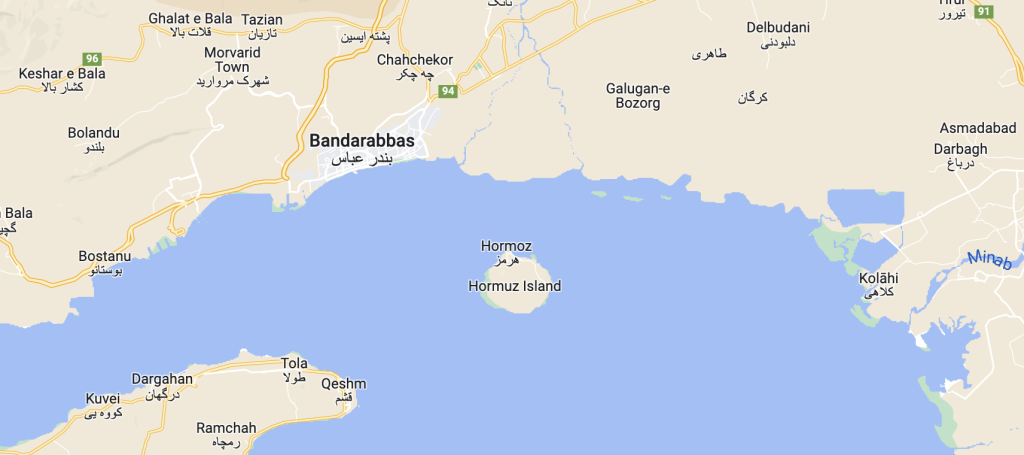
Hormuz Island is known as a geological paradise among geologists due to the fact that it consists of different types of soil with a high diversity.
The rocks show that during the thousands of years that Hormuz Island gradually came out of the water, it has been eroded in various ways. The geological age of Hormuz Island is about 600 million years and its life outside of the water is about 50 thousand years.
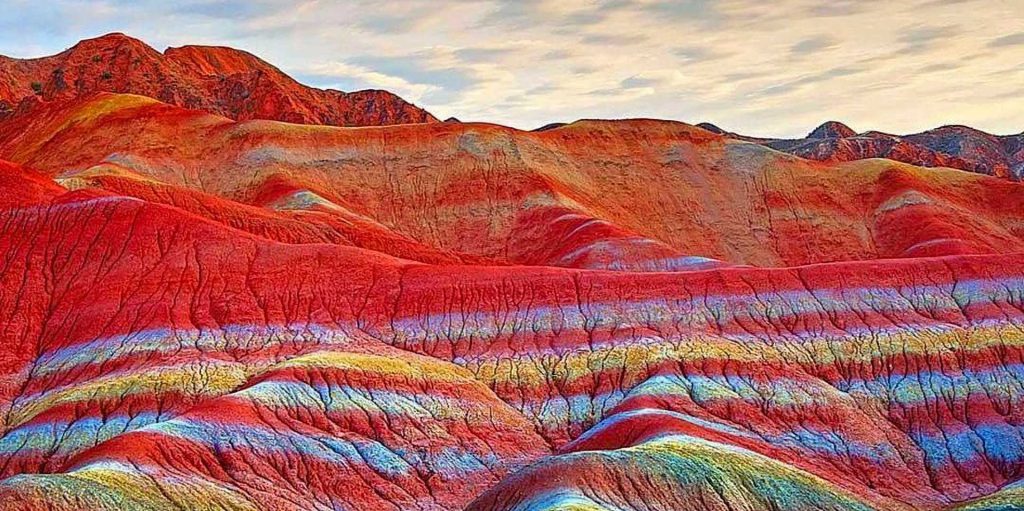
Hormuz, a red island with edible hills!
This title may be enough to have an amazing trip to Hormuz Island.
Red Beach
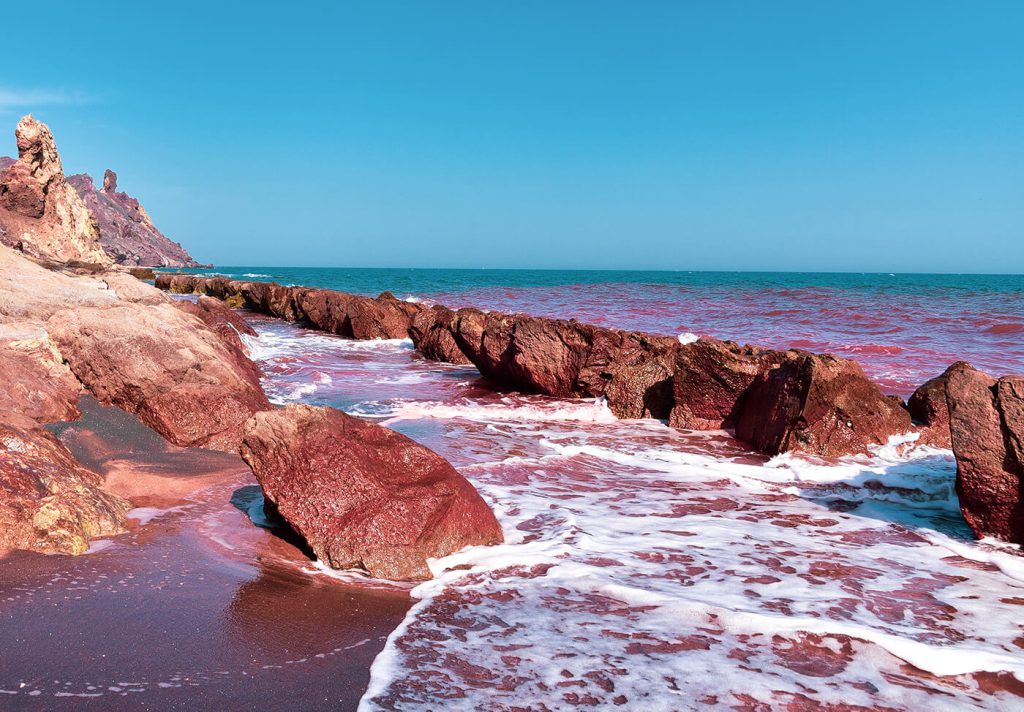
Red Beach is similar to Mars in terms of color. Red color can be seen in all parts of Hormoz Island and became a symbol of Hormoz Island. But it is much more tangible and bolder in Red Beach and Red Soil Mine. The sea water in Red Beach can be seen red up to several meters.
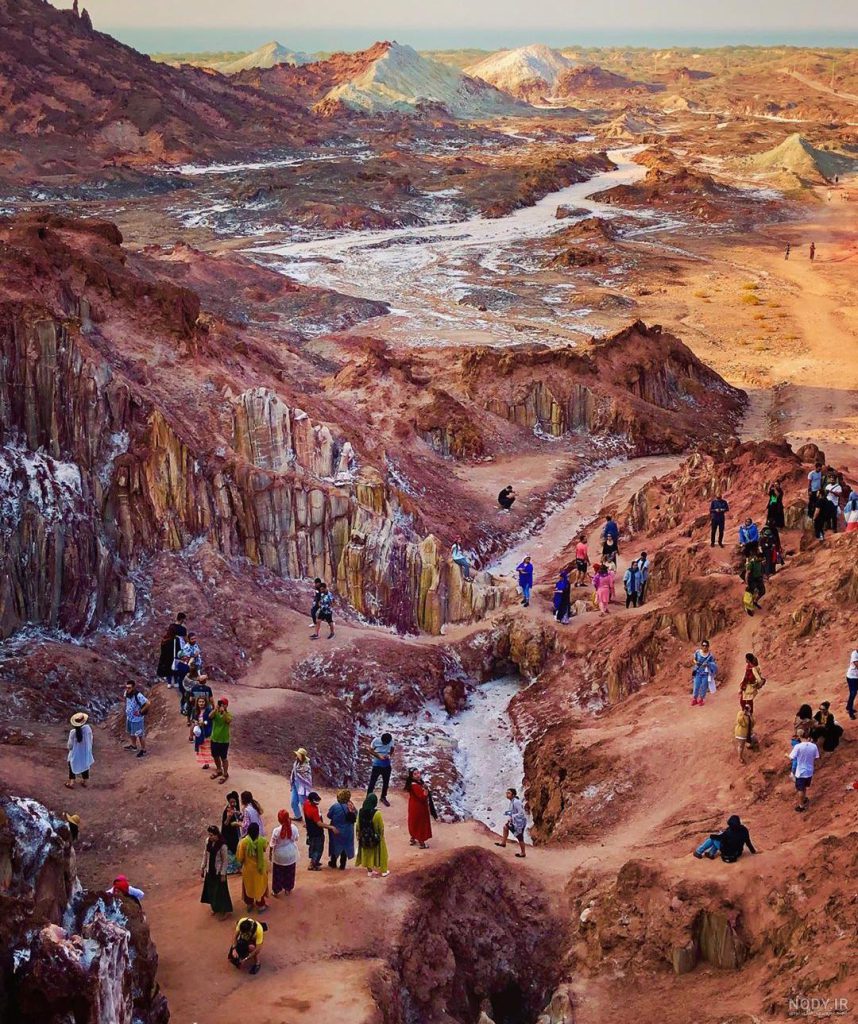
Rainbow Valley
The diversity of different rocks and minerals has made Hormuz an important place for geological tourism. In this valley, the minerals that make up different stones are carved in front of your eyes in different layers or side by side. The range of yellow, red, silver and black colors are mainly from clay compounds and iron oxide; While the white, blue, pink and gray soils are the result of volcanic compounds, their presence together has given Hormuz a unique appearance.

Valley of the statues
This valley has rocks in different shapes, each of which is analogized to an animal, sheep’s head, chicken and different dragons. Along the valley, the path becomes narrower and suddenly reaches a precipice with a height of about 40 meters. The view of the valley faces the Persian Gulf.

Salt Goddess
The salt goddess mountain is actually a large salt crystal. This mountain and its cave have been formed over many years by geological activities and water and wind erosion. Unlike other mountains, the salt goddess mountain does not reflect sound. Under the salt goddess mountain, water with orange color flows. The flow of this water, with the help of other natural phenomena, has caused the appearance of the Salt Goddess Cave or Turquoise Cave in the heart of the Goddess of Salt Mountain.

Avicennia marina
Avicennia marina (Mangrove) is a type of saltwater plant that has grown in many parts of the Persian Gulf. Mangrove trees have an interesting property. They can remove salt from water and are actually a natural desalination.
For your information
| What can you see ? | Island, mountains, beaches |
| Where you can see ? | Hormozgan province |
| Closest City, village ? | Bandarabbas city |
| How much time from closest village ? | 30 minutes by boat |
| Where to stay ? | Native residence and hotel |
| Place for camping? | No |
| Who to access ? | Boat |
| What you need ? | Bite ointment, sun cream, swimming suit, cash, drinkable water |
| What to wear ? | Summer and spring: summer clothes Fall and winter: bring an overcoat |
| When to travel ? | Early spring, fall and winter |
Don’t forget about the local food!
Stuffed Javelin fish and Colomba are the most famous food of Hormuz.
Access path
The first way to reach this island is through Bandar Abbas Shahid Haqqani port, which takes more than half an hour (depending on the weather and sea conditions).
The second way is to go to Shahid Zakari port early in the morning from the side of Qeshm Island and reach this beautiful island with a boat for about half an hour.
View Larger Map

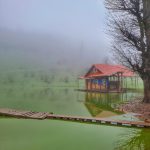

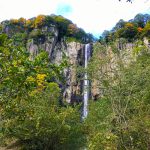
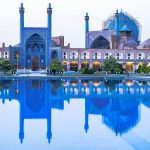




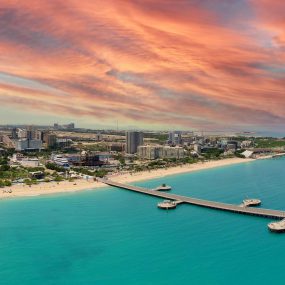
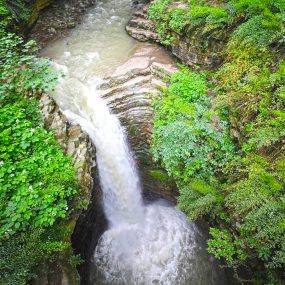







Wonderful place 👍
Red Beach, seriously !?
I will come to Iran soon